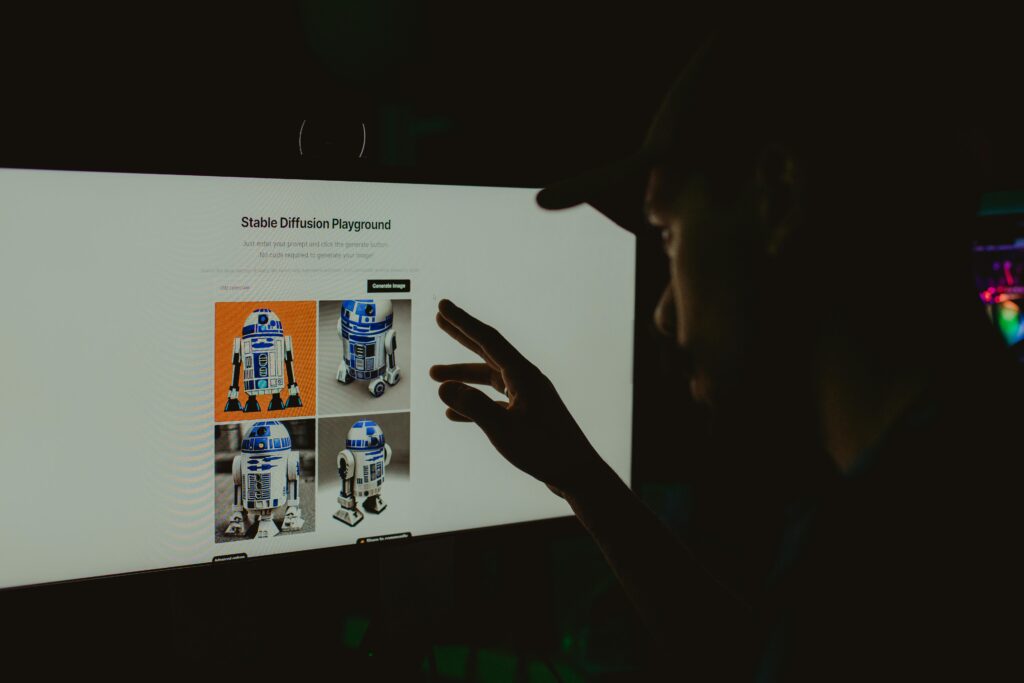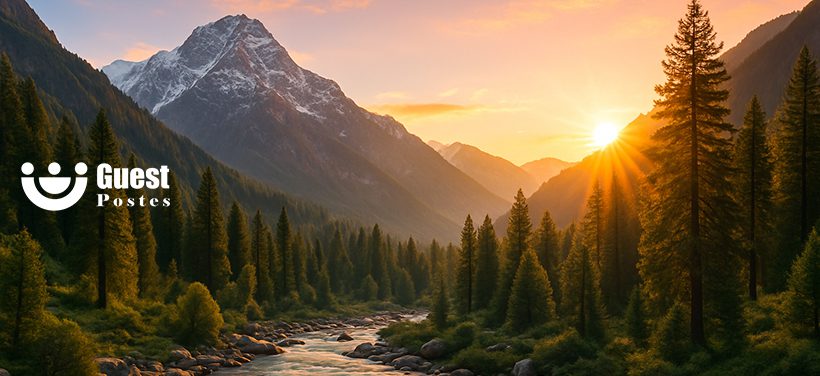
The rapid advancement of technology has led to the development of image creation AI, transforming traditional artistic processes and influencing how we perceive and create art. This article delves into the various ways in which these innovative tools are reshaping creativity and the future of art.
Artists, designers, and creative professionals are increasingly leveraging AI tools to enhance their creative processes. As image creation AI evolves, it not only augments human creativity but also poses new questions about ownership, originality, and the essence of art itself. This exploration will provide insight into the profound changes these technologies bring to the artistic landscape.
Embracing the Age of Artificial Intelligence in Art
As we step into a new era defined by artificial intelligence, the art world is experiencing seismic shifts. Artists are now integrating machine learning algorithms, deep learning techniques, and advanced neural networks into their creative toolkit. This integration revolutionizes traditional practices by enabling artists to generate stunning visuals rapidly, explore uncharted creative territories, and push the boundaries of artistic expression.
One fascinating aspect of this revolution is the ability of AI to analyze vast datasets, distilling influential styles and techniques from established masters and contemporary creators alike. By understanding and mimicking these elements, AI can produce artworks that resonate with the emotional depth and complexity of human artistry, while simultaneously offering novel perspectives and interpretations that challenge conventional standards of creativity.
AI as a Collaborative Partner in the Creative Process
The role of image creation AI transcends mere automation; it emerges as a collaborator that inspires, assists, and enhances the artistic journey. By offering a wealth of options and variations, AI tools allow artists to experiment fearlessly, melding their human intuition with AI’s analytical capabilities. This symbiotic relationship encourages exploration beyond the limits of individual imagination, fostering innovative problem-solving and fresh perspectives.
This collaboration has spurred a dynamic shift in artistic processes, transforming how artists conceptualize and execute their work. Tools such as DALL-E, Midjourney, and Artbreeder enable creators to input simple prompts and watch as AI generates complex and aesthetically pleasing images. This versatility empowers artists to focus on refining concepts rather than getting bogged down by technical challenges, leading to a more streamlined workflow.
Moreover, such collaborative partnerships are not restricted to visual artists. Writers, musicians, and filmmakers are also beginning to harness the power of AI to inspire and generate content, blurring the lines between disciplines. The artistic ecosystem is diversifying, showcasing the profound impacts of AI’s involvement across various forms of creative expression.
The Democratization of Art through AI
One of the most significant impacts of image creation AI is its potential to democratize art. Traditionally, access to the artistic toolkit—be it paints, tools, or elaborate software—has often been restricted to those with financial means or training. AI tools, however, are increasingly accessible, enabling anyone with an internet connection to create compelling art. This democratization not only expands the creative community but also enriches the art world with diverse perspectives and voices previously marginalized or unheard.
Furthermore, AI platforms often come equipped with user-friendly interfaces and tutorials, making artistic expression more intuitive for novice creators. Schools and educational institutions can leverage these tools to inspire younger generations, nurturing creativity in ways that were not feasible a decade ago. This shift ultimately contributes to a cultural landscape enriched by varied styles, backgrounds, and narratives, fostering inclusivity and innovation within the artistic community.
Additionally, this democratization allows for a dynamic exchange of ideas. Up-and-coming artists can learn from established creators by analyzing AI-generated works, leading to a more interconnected global art community. As a result, local art scenes thrive, blossoming into vibrant hubs where creativity flourishes unbridled by geographical or socioeconomic barriers.
The Ethical Implications of AI-Generated Art
While the rise of AI in the art world introduces numerous benefits, it also raises complex ethical considerations. Questions of authorship, originality, and intellectual property loom large, as these machines create works that, while technically impressive, may challenge our understanding of artistic merit. What does it mean to be an artist in an era where machines can replicate and generate art effortlessly? Can AI-generated works be deemed as original, or do they simply mimic existing styles and concepts?
Moreover, the potential for misuse is concerning. With the ability to generate hyper-realistic images, AI tools could be employed to deceive audiences or create misleading content. The fabric of reality, which art often seeks to represent or challenge, risks becoming entangled with misinformation, necessitating vigilance from both creators and consumers alike. This calls for the development of ethical guidelines and frameworks to govern the use of AI in artistic contexts, ensuring that technology enhances creativity rather than distorts it.
In navigating these challenges, it becomes crucial for artists, technologists, and policymakers to engage in discussions aimed at understanding and addressing these ethical dilemmas. By fostering a balance between innovation and responsibility, the artistic community can build a future in which both AI and human creativity coexist harmoniously.
The Future of Art: A New Paradigm of Creativity
As we look ahead, the integration of image creation AI will undoubtedly continue to redefine the landscape of art and creativity. Rather than replacing human artists, these tools are set to augment and enrich their practice. We can anticipate a future where artists harness AI to explore new dimensions, inspiring works that resonate on both personal and universal levels.
This evolution will undoubtedly reshape not just artistic practices but societal perceptions of art itself. The landscapes portrayed in galleries and exhibitions may include a mix of traditional techniques alongside AI-generated visuals, challenging audiences to reevaluate their understanding of art’s role in society. This potential for hybrid forms of expression sets the stage for a cultural renaissance where the boundaries of creativity expand endlessly.
Educational institutions, art collectives, and industry leaders must champion this integration, creating spaces that nurture both human creativity and AI innovation. Such initiatives will encourage the cross-pollination of ideas between established and emerging artists, ultimately leading to a more vibrant and dynamic artistic ecosystem that breaks free from conventional confines.
Final Thoughts: Charting a New Artistic Frontier
The synergy between image creation AI and human artistry presents both opportunities and challenges. As we navigate this uncharted territory, it is vital for creators to embrace the potentials of AI while remaining rooted in the core values of creativity and artistic expression. By recognizing the unique contributions that both human intuition and AI algorithms can offer, artists can craft works that reflect the multifaceted nature of contemporary life.
As we stand at this crossroads of technology and creativity, the art world is poised for a transformation that promises to be as exhilarating as it is complex. The power of AI in shaping and influencing art may unfurl new avenues for exploration, fostering a future where creativity knows no limits. Embracing these advancements will require ongoing dialogue and collective effort, ensuring that the journey into this new paradigm of creativity is inclusive, ethical, and profoundly enriching.






